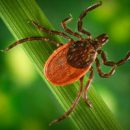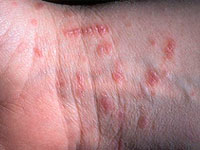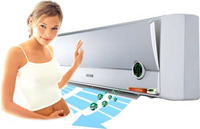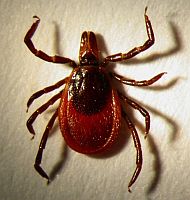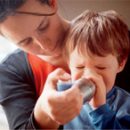Signs of dysentery in children are found at any time of the year, but most often marked in summer and autumn. Dieseneria in children - usually manifests into intoxication and signs of lesions of the large intestine.
Content
Cases
Diseases with signs
Dysentery in children are especially common in the summer months when
The mode of life and the nature of nutrition is changing, which is due to the departure of children to the country and
on the sea. Food temptations are becoming more and more: the abundance of vegetables and berries with
beds, as well as various fruit juices and fruit of unknown origin in
Hot summer day on the seashore — All this can lead to infection through
mucous membrane of the oral cavity. Pathogens are bacteria from
Family families, they have the ability to persist long in food
Products, especially dairy, live in soil and water bodies polluted
Footing of patients and animals.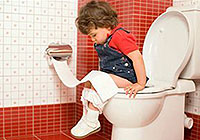
Known,
that infection of dysentery in children
Comes from patients or bacteria carriers by household contact when leaving
For sick, for example, through dishes, bed and towel. Fit pathogen
through food or water happens through flies and looks even easier: it
Eating infected products and drinking water. In addition, infection
can happen when bathing in open water bodies, and children have the most
Wide access. Dysentery bacteria are not destroyed in the stomach, they are implemented only
In the gum mucosa, multiplied and produce toxins, causing
Inflammatory process and general intoxication.
How dysentery is manifested
in children
Pathogen
Dysentery can be in the body of a child up to 5-7 days, especially heavy
cases up to 24 hours, without causing signs of the disease — This is incubation
period. The beginning of the disease is usually acute, weakness appears, ailments, sometimes
chills, body temperature rises, grasp stomach pain, head and
joint pain. Marked the freight of the chair up to 20-25 times, feces are becoming
Liquid with blood and mucus. Children nervous and irritable, weakness
Increased, the false urges for defecation are noted, dizziness appears,
A short-term fainting is possible. Pronounced intoxication
accompanied by tachycardia, decrease in blood pressure, leukocytosis in
blood and deafness of tones of the heart.
At
The appearance of the first signs similar to an intestinal infection, attentive parent
Must ask a question: «How
manifests dysentery in children?» and urgently call a doctor or brigade
«Ambulance», Isolate a child, to provide him with individual dishes and
Personal hygiene objects, temporarily refrain from meals.
Treatment and prevention of dysentery
Treatment
Dysentery is possible both at home and in the hospital, it all depends on the state
Patient, this decides the doctor, but the task of parents — strictly observe
Recommendations of a specialist. Therapy at home involves compliance
measures to prevent contamination of others, which is quite possible if
Neglect infectious patient care rules.
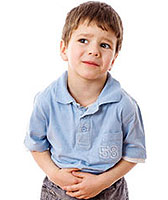
Compulsory
is observance of bed and sanitary and hygienic regime,
recommended by the doctor individually every child depending on the degree
Severity of the disease. Drug therapy implies a course of modern
drugs whose action is aimed at the destruction of bacteria causing
Dysentery. Parents should be remembered that the treatment of this infection independently
or methods of traditional medicine can lead to irreparable consequences and
Complications. But ensuring careful care and balanced
rational nutrition — The primary task of attentive mom. Diet period
The doctor defines, he will also tell you that it should be excluded from the diet
Nutrition for the disease and rehabilitation. It is necessary to temporarily refrain
from products causing fermentation, dairy, smoked, fried, greasy and sharp
dishes. Preference should be given to vegetable, low-fat, unsalted food,
Vegetables and fruits, porridge and jisels, at least within 2 months.
Expansion of the diet and the introduction of additional food in the diet of the child
Perhaps strictly by appointment of a doctor.
Preventive
Events implies the elimination of the source and carrying out disinfection in the focus
infection, observance of sanitary and hygienic regime, dispensary observation
for passing and bacteria carriers.


